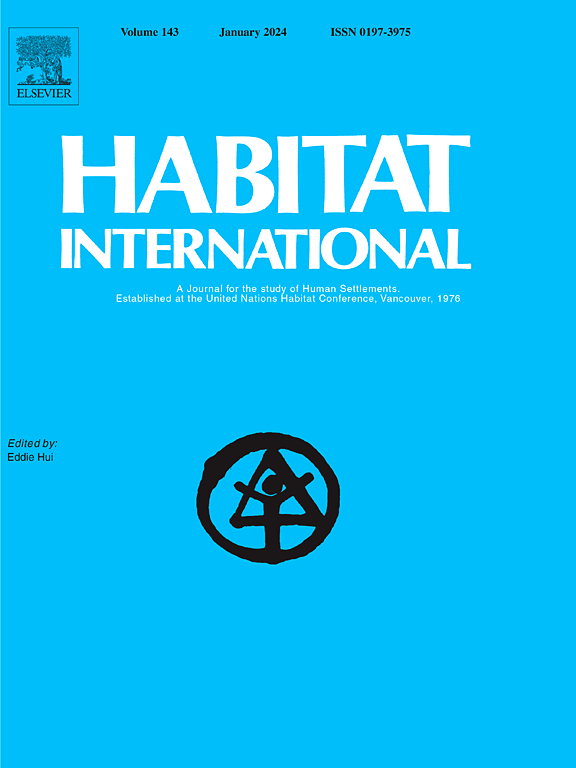Ice and snow tourism in China's ecological civilization era: The Altay, Xinjiang experience
IF 6.5
1区 经济学
Q1 DEVELOPMENT STUDIES
引用次数: 0
Abstract
The ecological civilization initiative in China is an ambitious initiative propelled by the central government. Through mechanisms such as ecological redlines and central environmental protection inspections, local governments are obliged to shift their development paradigms. This top-down approach presents both challenges and opportunities for resource-based cities that strive for sustainable development and conservation. This study employs a longitudinal case study of the transformation of Altay Prefecture in Xinjiang from a mining-dominated city to a vibrant ice and snow tourism destination. This paper highlights the challenges and opportunities faced by Altay in its journey towards sustainable tourism development. Altay initially struggled with its mining legacy, but it gradually navigated the trade-offs between preservation and growth amid its ecological constraints. In the final phase, strategies were adopted to harmonize environmental conservation with economic development despite challenges such as a singular economic structure, limited funding, poor infrastructure, human resource scarcity, and low resident engagement. Ultimately, Altay has emerged as a successful tourism destination and showcases how local aspirations can align with national ecological civilization directives to foster high-quality development and enhance regional ecological governance. This study enriches the literature by analysing local government strategies for achieving sustainable tourism development and offers insights into the transformation of resource-based cities.
中国生态文明时代的冰雪旅游:新疆阿勒泰的体验
中国的生态文明建设是中央政府推动的一项宏伟计划。通过生态红线、中央环保督察等机制,迫使地方政府转变发展模式。这种自上而下的方法为资源型城市的可持续发展和保护带来了挑战和机遇。本研究以新疆阿勒泰地区从一个以矿业为主的城市向充满活力的冰雪旅游目的地转型为纵向个案研究。本文着重分析了阿勒泰在旅游可持续发展道路上面临的挑战和机遇。最初,阿勒泰为其矿业遗产而挣扎,但在生态限制下,它逐渐在保护和发展之间取得了平衡。在最后阶段,尽管面临经济结构单一、资金有限、基础设施落后、人力资源稀缺和居民参与度低等挑战,但仍采取了协调环境保护与经济发展的战略。最终,阿勒泰成为一个成功的旅游目的地,并展示了如何将地方愿望与国家生态文明目标相结合,推动高质量发展,加强区域生态治理。本研究通过分析地方政府实现旅游可持续发展的策略,丰富了文献,并为资源型城市的转型提供了见解。
本文章由计算机程序翻译,如有差异,请以英文原文为准。
求助全文
约1分钟内获得全文
求助全文
来源期刊

Habitat International
Multiple-
CiteScore
10.50
自引率
10.30%
发文量
151
审稿时长
38 days
期刊介绍:
Habitat International is dedicated to the study of urban and rural human settlements: their planning, design, production and management. Its main focus is on urbanisation in its broadest sense in the developing world. However, increasingly the interrelationships and linkages between cities and towns in the developing and developed worlds are becoming apparent and solutions to the problems that result are urgently required. The economic, social, technological and political systems of the world are intertwined and changes in one region almost always affect other regions.
 求助内容:
求助内容: 应助结果提醒方式:
应助结果提醒方式:


